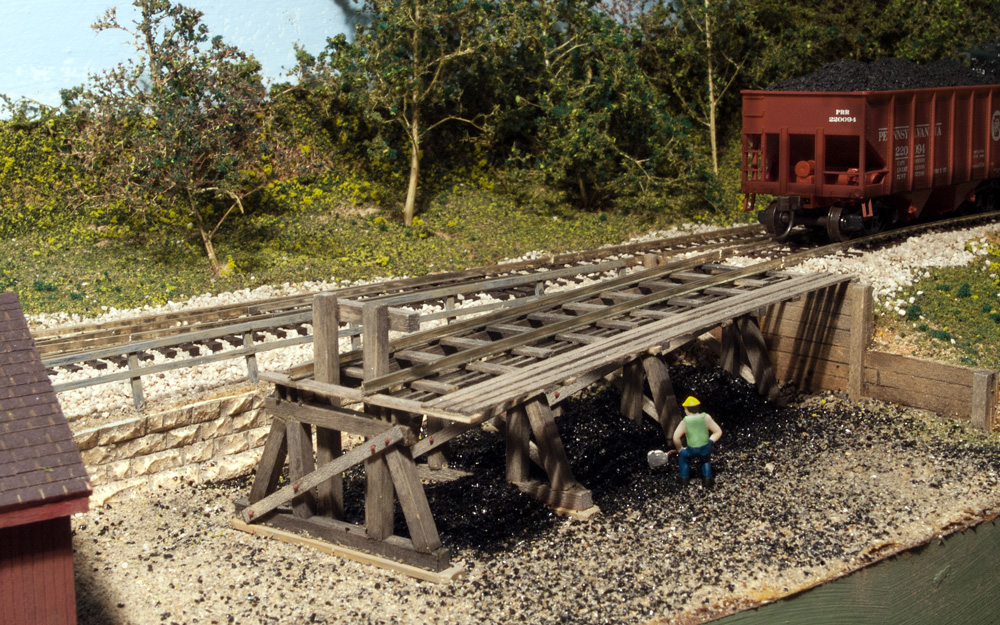
Q: I need some ideas for compact industries that receive coal. Though modeling coal mines on a layout seems a popular topic, what about the coal’s destination? The coal needs to go someplace unless it just disappears into staging. Steel foundries, shipping ports, and power plants seem typical, but these require a lot of layout […]
Read More…
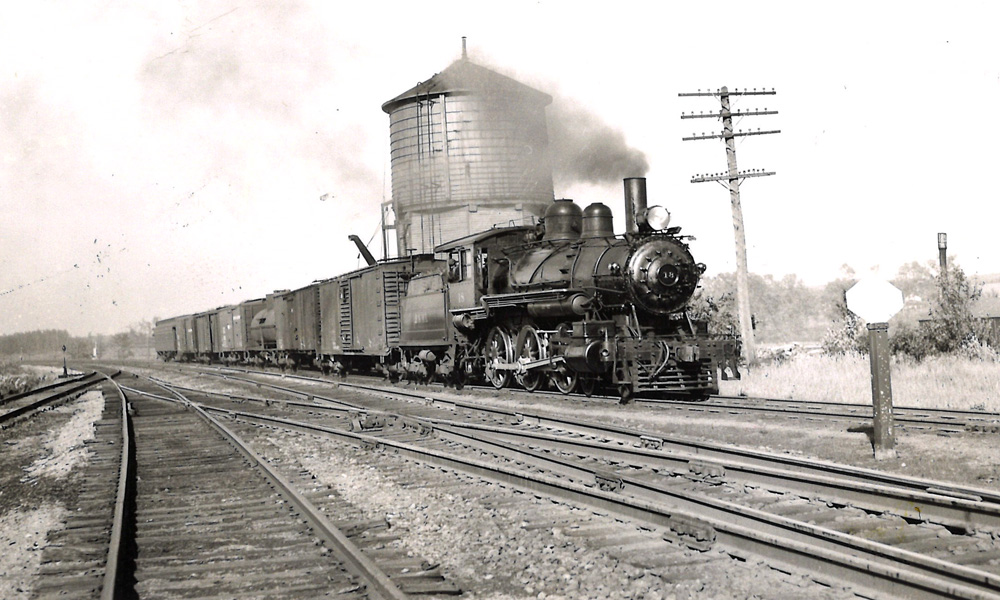
Q: I’m interested in modeling a Maine short line in HO scale. What can you tell me about the Belfast & Moosehead Lake RR in the steam era? – Joel Norman A: The Belfast & Moosehead Lake looks like a great subject for someone interested in modeling a Maine short line, especially if you’re intrigued […]
Read More…
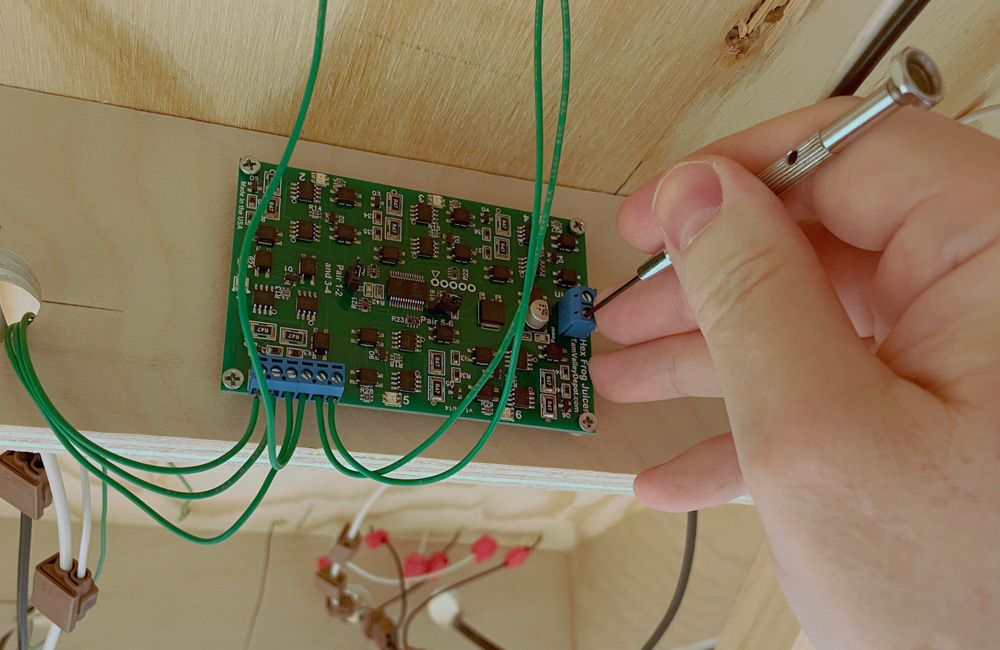
Q: I’m excited to lay track on my HO scale shelf layout. I have a few track laying questions. I’m using the Walthers turnouts with the little tab on the side for the frog power. I remember one of your videos where you talked about these turnouts and connecting the power to the frog. […]
Read More…
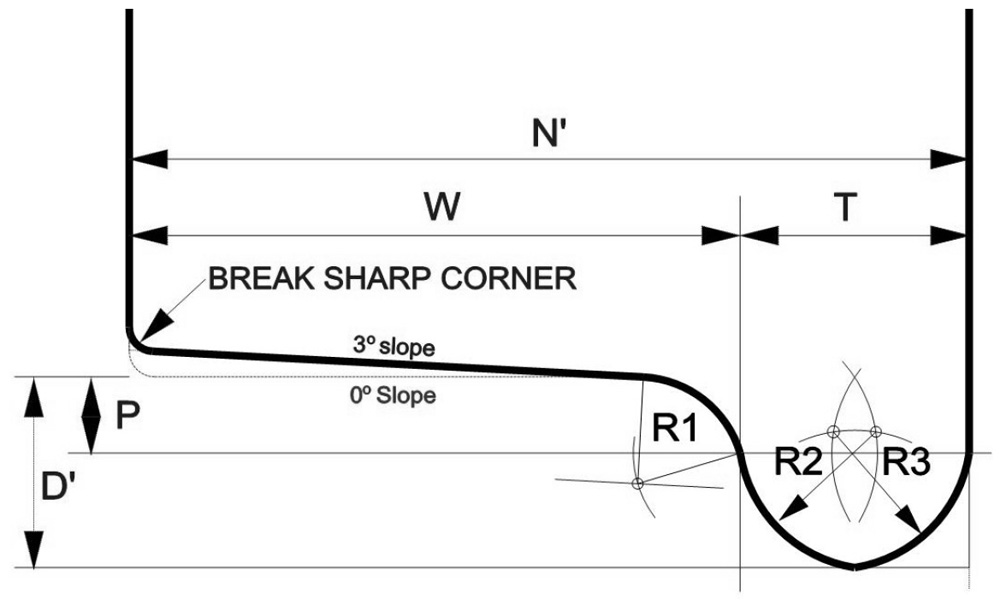
Q: I want to replace some wheelsets on my 1:32 passenger cars but don’t know where to measure the model railroad car wheels’ diameter. I’d like to keep the wheel sizes the same with the new as the old so I don’t need to deal with altering the height of my couplers. Is the wheel […]
Read More…

Q: What is HOn3 scale? If it uses HO scale track (1:87 gauge), it seems the rolling stock must be scaled wider and taller. Conversely, if I modify an HO scale/gauge locomotive for narrow gauge, I’ll need to build new, narrower track. Help me understand this. – Mark Dice A: Hi, Mark. Your second guess is the […]
Read More…
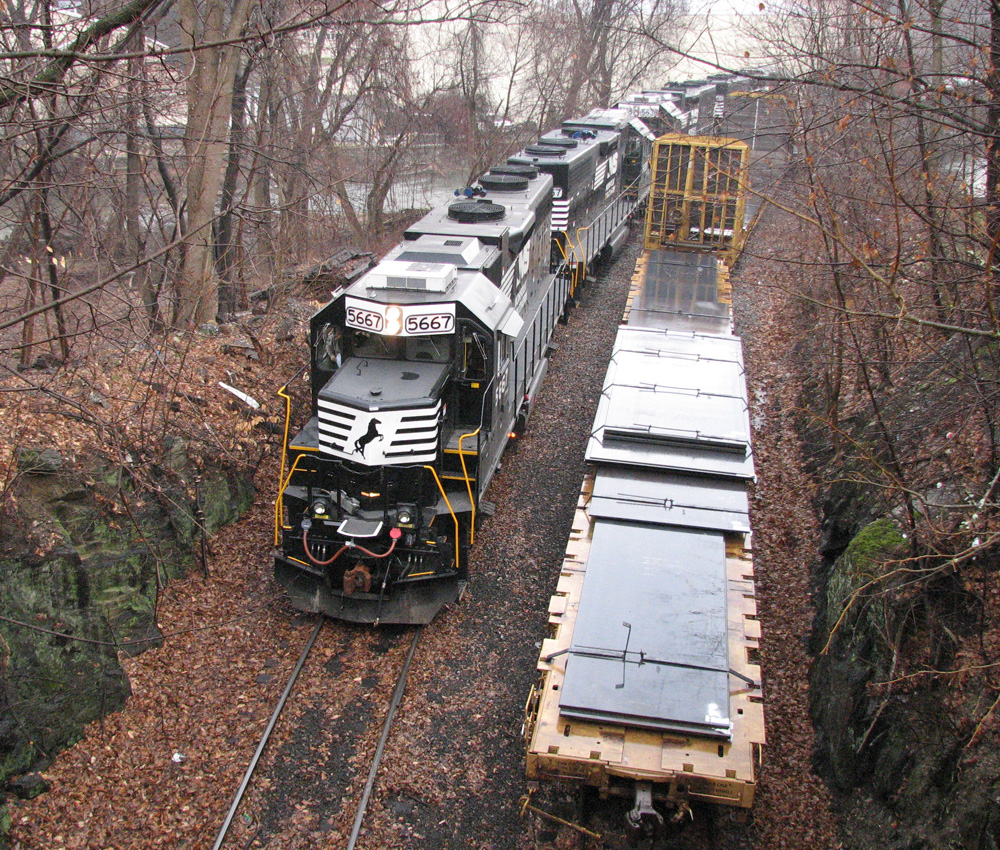
Q: I’m planning on making steel slab, H-column, and I-beam loads for my run through freight trains. What is the width, length, thickness and height of the load for these structural steel loads? – James Shepard A: Hi, James. You asked a similar question not long ago, which I answered in my January 2023 “Ask […]
Read More…
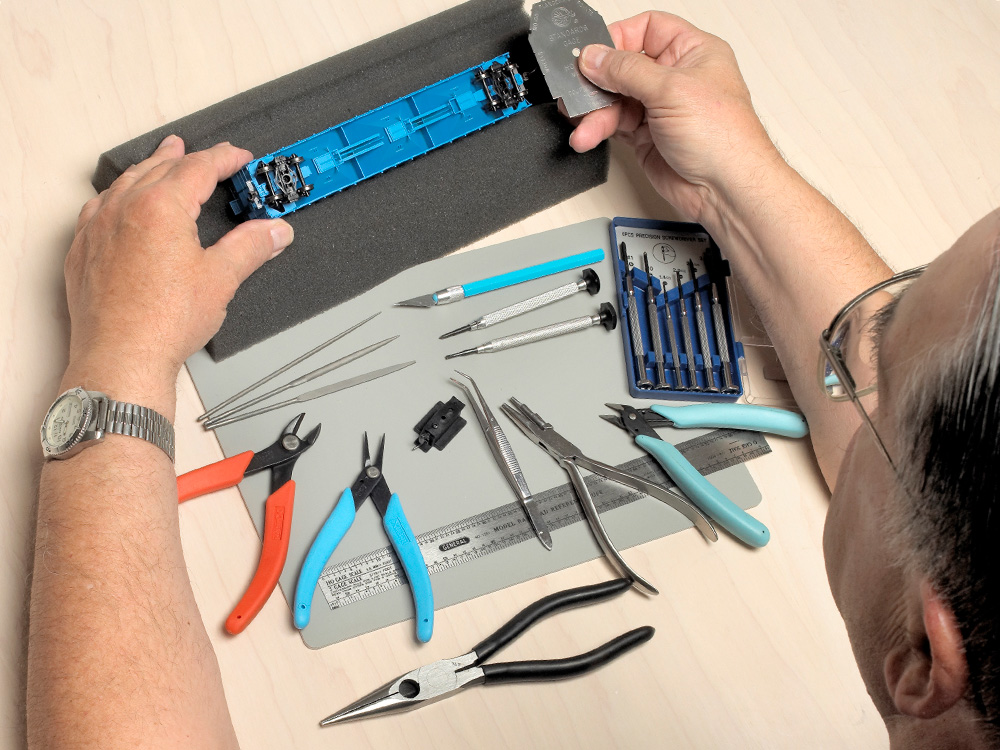
What tools does a model railroader need? Q: What are the tools needed to take an empty room to a full working model railroad? My focus is to build a layout with the best scenery, from streets to tall mountains and everything in between. – Carroll Shirkey, Seattle, Wash. A: Many beginners are left wondering […]
Read More…
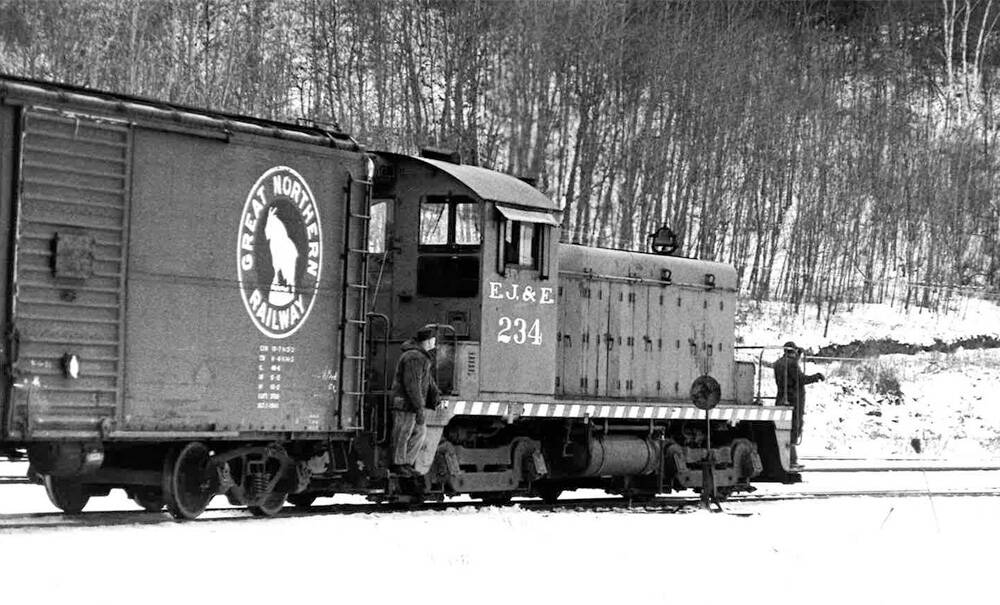
Q: I am in the initial phases of planning an N scale model of the Duluth & Northeastern Railroad in Cloquet, Minn., circa 1998. I have information on their locomotive roster, which consisted of three EMD SW1s and an EMD SW1000. However, I’m not having much luck locating information on the Duluth & Northeastern freight […]
Read More…
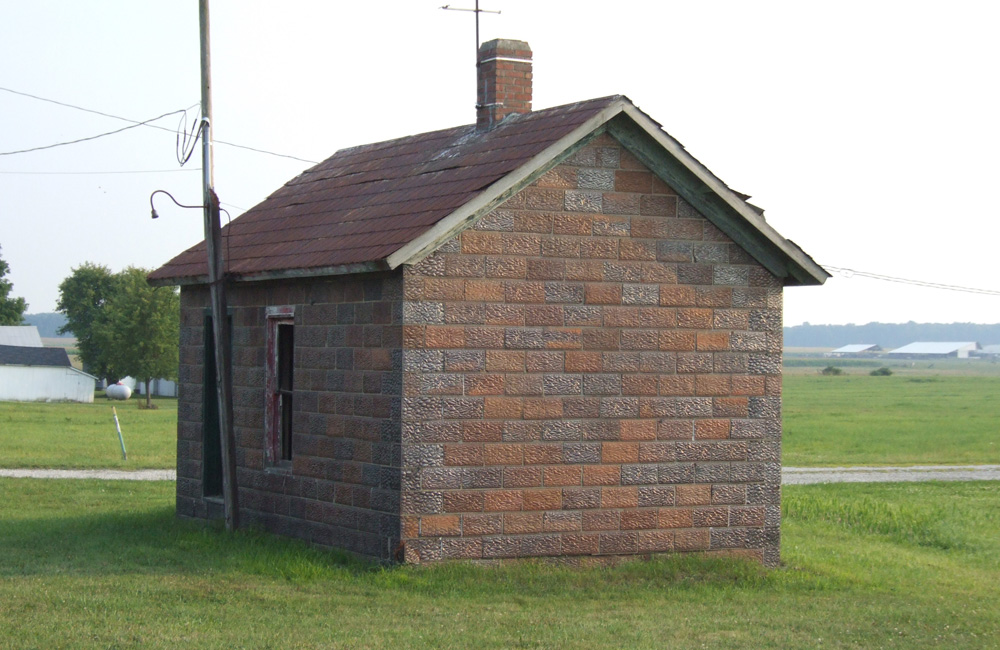
Q: I am researching and modeling Jefferson, Ohio. There are a number of buildings that are constructed from glazed block, as in this photo. I’ve seen the hobby manufacturers make all kinds of brick, stone and block sheet material, but I have not found material that looks like this. Do you have any ideas on […]
Read More…
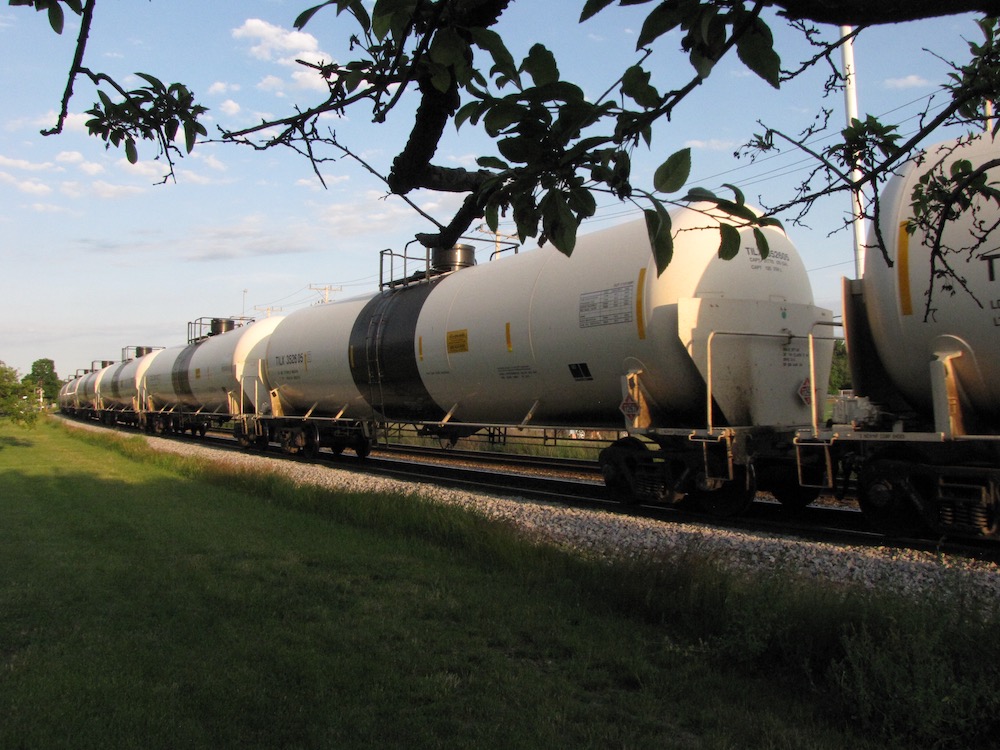
Q What is the meaning of tank car color schemes? Is there a color code? Some tank cars have a contrasting horizontal stripe on the middle section of the tank, while other tank cars are painted a solid color. Since some tank cars carry hazardous or toxic chemicals while others carry edible materials, are the […]
Read More…
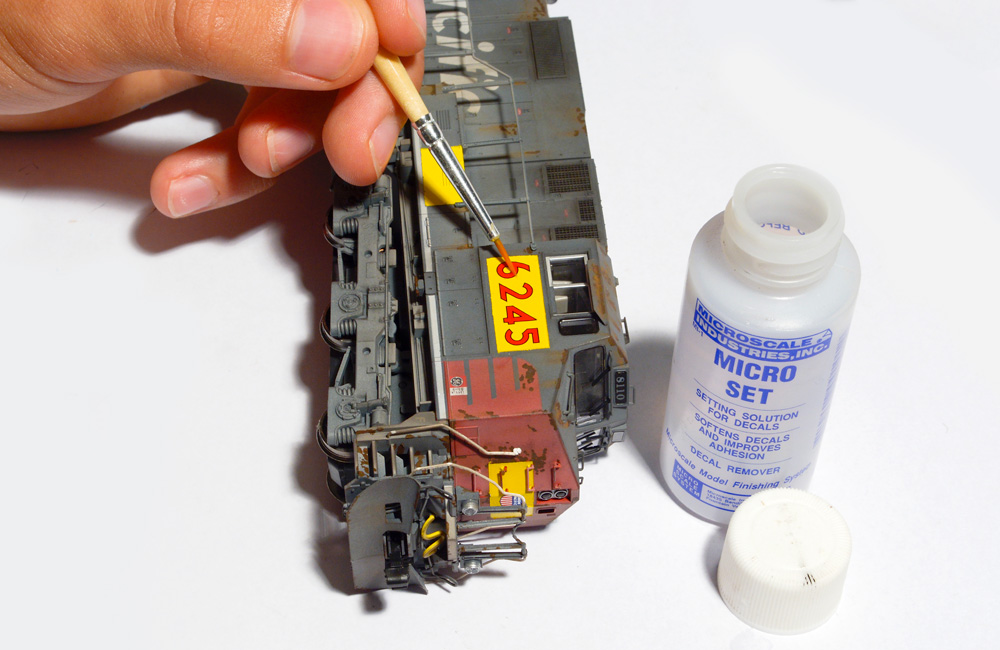
Q: I’ve read the articles on how to patch out locomotives and rolling stock, but how often are these techniques used by cash-strapped short lines? It seems a lot easier (and cheaper) to slap a patch on a new locomotive and get to work than repaint a used locomotive. – Michael Schlobohm A: Prototype railroads, […]
Read More…
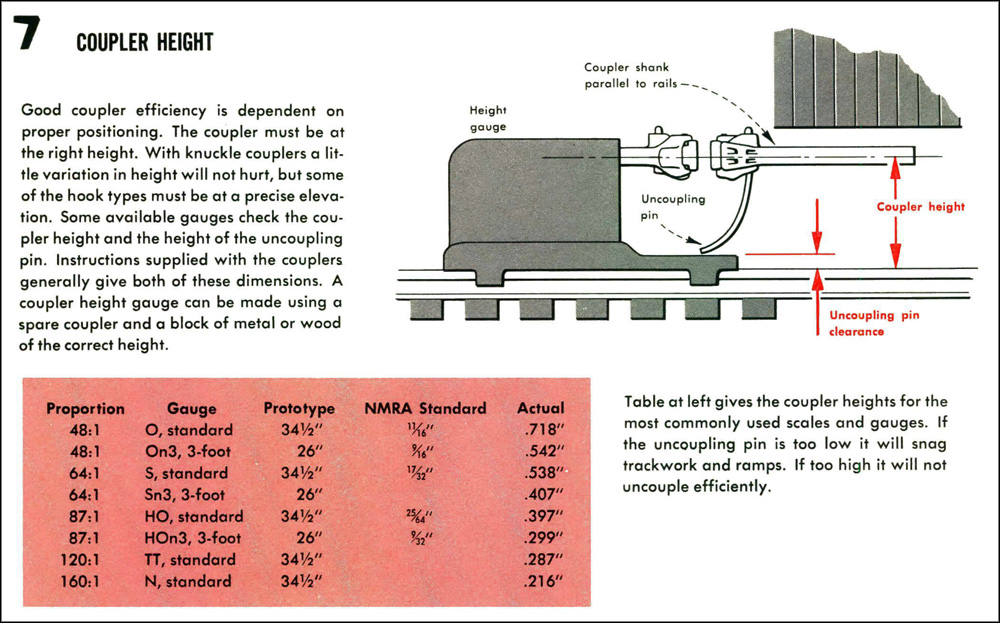
Q: Way, way back in the 20th century, I think in the 1980s (though I’m probably wrong), Model Railroader ran an article about making your own coupler height gauges in the various scales, including TT scale. Can you advise which issue that was? None are available in TT today, and I could use a couple on […]
Read More…












